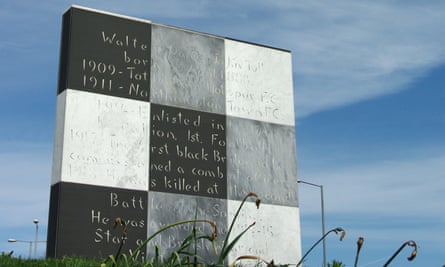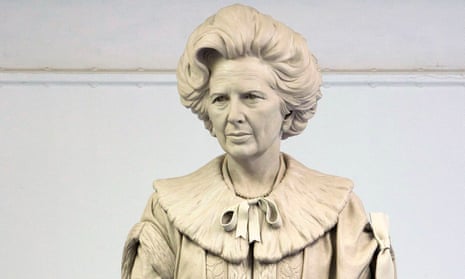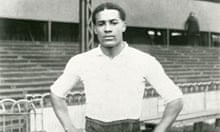History is not only written by the winners, it’s carved and cast in their image, too. That’s why cold, hard lumps of stone and bronze have a remarkable capacity to fire the passions. Campaigns to erect statues or tear them down are part of a wider cultural conflict, as the latest skirmish clearly demonstrates.
The first woman to be immortalised in London’s Parliament Square will soon be Millicent Fawcett, with a statue of Emmeline Pankhurst possibly to follow. The feminists’ victory is all the sweeter because no space will be found for the country’s first female prime minister Margaret Thatcher, a woman who once said: “I owe nothing to women’s lib.”
Sources at Westminster council have cited “monument saturation” as the reason to deny Thatcher her plinth. But it’s not that we have too many monuments – just too many of the wrong kind.
Too often, statues lionise heroes who are already well enough known. Once in place, they are soon ignored until their glory fades. Stop people at random and ask them who the figure they pass every day is and they often don’t even know their name, let alone their claim to a fame.
Although statues are designed to stand for years, they actually fulfil most of their function when they go up or come down. Erection is a signal of public recognition, demolition of public rejection. In between, they slip into the cultural background, signs of a status quo that is largely taken for granted.

In contrast, good monuments should remind us of our history, especially those parts of it that have been neglected or forgotten. So when our view of history changes, rather than remove statues, we should think of how to reframe them, to retell their story. Take, for example, the brilliant suggestion by Matthew Parris that the statue of Cecil Rhodes at Oriel College, Oxford should not be removed. Rather, another statue of Lobengula, the king of the Matabele people Rhodes subjugated, should be erected in his line of sight. That way, Rhodes would not be forgotten, but challenged.
Parris’s proposal addresses the key problem with statues: they rarely move us. Other monuments do much more. Take, for example, Folk Stones, Mark Wallinger’s memorial of the Battle of the Somme in Folkestone. It is no more than a square made up of 19,240 numbered pebbles, each representing one of the British soldiers killed on the first day of the battle on 1 July 1916. It’s a remarkably touching piece, much more so than any figurative depiction of a Tommy going over the top could ever have been.
Or take Altes Rathaus in Bonn, a square where a large Nazi book burning took place on 10 May 1933. In the pavement today you can see bronze casts of the spines of some of the books destroyed. Again, this is much more powerful and engaging than the figure of a person.

Even when it is an individual we want to remember, a statue is a poor way of capturing what matters about them. For example, there have been many campaigns to erect a statue of Walter Tull, one of the first black professional footballers in England, who also became a courageous lieutenant in the first world war, dying in battle in 1918.
However, we already have a memorial to him that I doubt a statue could surpass. It stands at Sixfields Stadium, home of Northampton Town FC, one of the clubs he played for. The square monolith, made up of nine grey, white and black stones, bears a beautiful epitaph by his biographer, Phil Vasili, that conveys his importance more than the most grandiose statue could. It celebrates how Tull “ridiculed the barriers of ignorance that tried to deny people of colour equality” and how his life “stands testament to a determination to confront those people and those obstacles that sought to diminish him and the world in which he lived”.
Compare that with, say, the oft-ignored statue of Edmund Burke in the centre of Bristol. It would be better if people were reminded not of how Burke looked, but that, as their MP, he said: “Your representative owes you, not his industry only, but his judgment; and he betrays, instead of serving you, if he sacrifices it to your opinion.”
The arrival of statues of women in Parliament Square is long overdue and is much needed to correct a historical imbalance. But in the long run, we must do more than simply extend the ritual canonisation of great men to great women too. Monuments in public spaces can and should be opportunities for reflection, not genuflection.








